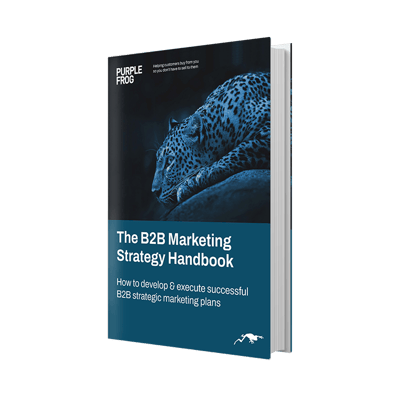Is Neuroscience the future of Market Research?
The holy grail of digital marketing in today’s markets is to “go viral”, but we are yet to get any really gauge of what makes digital content go viral: what are the factors that combine to make you hit the top of the viral charts and stay there?
Examples such as the Volkswagen “The Force” SuperBowl ad, which saw a young boy believing in the power of the force as his Dad uses the remote-start function, and the John Lewis Christmas ad showing the young boy so excited about giving his presents to his family, make us laugh and smile.
This is the key to viral success – the ability to elicit an emotional response from your target audience. It is this connection on an emotional level, not necessarily a cognitive level, that makes people share content.
But this lesson may be the key that unlocks success for brands throughout their marketing.
Focus groups can be paid to sit in a room and look at a marketing campaign, rate it on numerical scales, discuss, etc. But just because you get the thumbs up from your market research tests does not guarantee the success of your campaign. And indeed the opposite proved true for the VW Superbowl ad: it received terrible ratings in the standard market research tests, but “received the highest “neuro-engagement score” in the annual Sands Research Super Bowl Ad Neuro Ranking, which measures not what people say but how they feel through electrophysiological activity in the brain. As Dr. Stephen Sands, chair and chief science officer at Sands Research, announced, “This year [Deutsch LA’s] Darth Vader advertisement elicited such a strong emotional response, it ranks as the highest we have ever tested.”” (http://www.fastcocreate.com/1682625/the-myth-of-marketing-how-research-reaches-for-the-heart-but-only-connects-with-the-head) As a result of these tests the SuperBowl ad went forward – with fantastic results for the brand. The unprecedented Neuro Ranking achieved in the research phase translated directly to a viral campaign for Volkswagen.
So is the answer to scrap market research and simply use forms of Neuro-testing? Possibly not – if nothing else it would be likely to prove prohibitively expensive. What might be valuable is to start to bring psychologists into market research: to use their knowledge of what makes people tick emotionally to create great communications campaigns. While psychology is not an exact science, it has a better chance of allowing marketers to understand why their campaign created an emotional engagement with their target market: something that electrophysiological brain scans cannot do.
This might make it feasible for brand personality to be a real effective part of the brand identity, rather than an entry in a marketing strategy; that can be felt consistently throughout the brand’s communications, helping consumers to feel an emotional engagement to the brand. Thus allowing consumers to feel what makes your brand different, rather than being told, leading to instant potential for engagement and greater memorability.
More from Creative Marketing

6 remarkable things we learned this month
Every month we collect some of the most interesting, bizarre, funny stories from the web. This month we have learned that there...
6 Remarkable Things We Learned This Month
Every month we collect some of the most interesting, bizarre, funny stories from the web. This month it's all about video...




